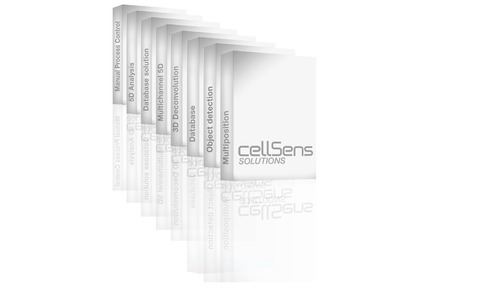
Olympus has improved its core cellSens life science imaging and analysis software.
Focusing on ease of use for routine applications, the latest cellSens 1.8 is designed to offer flexible and user-centric imaging, processing, analysing and reporting.
New and enhanced functions include a fully customisable user interface, precise frame-by-frame sample navigation and easy one-button switching between wells.
Aimed at a wide range of life science applications, cellSens binds together Olympus frames, cameras and high-quality optics to form complete, precise and user-friendly microscopy systems.
The updates complement existing cellSens functions such as Extended Focus Imaging (EFI), 2D deconvolution and High Dynamic Range (HDR). EFI records image data while focusing through the sample to automatically generate a final all-focus image, while HDR captures at different exposures to create even final images for samples that contain both low and high light intensity areas.
2D deconvolution applies a true deconvolution to a single image to enable better focusing on thick and complex specimens.
Product features
- ‘My Functions’ window allows users to build their own personal interface by selecting and grouping software commands and icons according to individual needs.
- Flexible workflow toolbars to facilitate repetitive operations.
- Ability to display only the functions needed on the toolbar and to group common operations in a single tab.
- A ‘Well Navigator’ Solution for rapid and intuitive set-up of multi-well imaging studies includes customisable pre-sets for a wide range of plate formats.
- Panoramic individual well imaging that composes a single montage as the user moves across the specimen. This can also be used in conjunction with the Olympus Z-Drift Compensation (ZDC) unit, to ensure that focus is automatically maintained.
- One-button direct movement between wells and precise frame-by-frame navigation, replaces joystick control.






